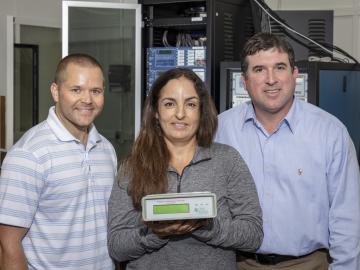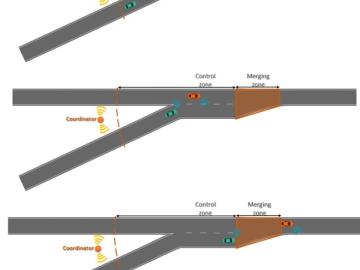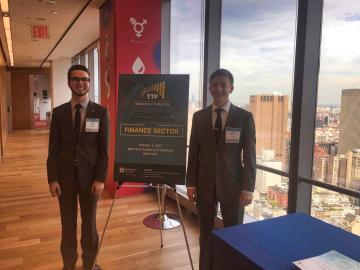
Filter News
Area of Research
- Advanced Manufacturing (1)
- Biology and Environment (5)
- Computer Science (1)
- Energy Frontier Research Centers (1)
- Energy Science (37)
- Fusion and Fission (2)
- Fusion Energy (3)
- Materials (26)
- Materials for Computing (4)
- National Security (7)
- Neutron Science (12)
- Nuclear Science and Technology (9)
- Nuclear Systems Modeling, Simulation and Validation (1)
- Quantum information Science (3)
- Sensors and Controls (1)
- Supercomputing (21)
News Topics
- (-) Advanced Reactors (15)
- (-) Artificial Intelligence (10)
- (-) Cybersecurity (9)
- (-) Grid (10)
- (-) Mercury (3)
- (-) Nanotechnology (26)
- (-) Quantum Science (17)
- (-) Security (10)
- (-) Transportation (24)
- 3-D Printing/Advanced Manufacturing (34)
- Big Data (14)
- Bioenergy (17)
- Biology (8)
- Biomedical (27)
- Biotechnology (2)
- Buildings (1)
- Chemical Sciences (5)
- Clean Water (3)
- Composites (5)
- Computer Science (59)
- Coronavirus (25)
- Critical Materials (3)
- Energy Storage (24)
- Environment (36)
- Exascale Computing (4)
- Frontier (1)
- Fusion (18)
- High-Performance Computing (3)
- Isotopes (14)
- Machine Learning (8)
- Materials (2)
- Materials Science (49)
- Mathematics (2)
- Microscopy (14)
- Molten Salt (6)
- National Security (2)
- Neutron Science (48)
- Nuclear Energy (41)
- Physics (24)
- Polymers (12)
- Space Exploration (4)
- Summit (19)
Media Contacts

Carbon fiber composites—lightweight and strong—are great structural materials for automobiles, aircraft and other transportation vehicles. They consist of a polymer matrix, such as epoxy, into which reinforcing carbon fibers have been embedded. Because of differences in the mecha...

As Puerto Rico works to restore and modernize its power grid after last year’s devastating hurricane season, researchers at Oak Ridge National Laboratory have stepped up to provide unique analysis, sensing and modeling tools to better inform decisions.

Self-driving cars promise to keep traffic moving smoothly and reduce fuel usage, but proving those advantages has been a challenge with so few connected and automated vehicles, or CAVs, currently on the road.

Oak Ridge National Laboratory scientists have devised a method to control the heating and cooling systems of a large network of buildings for power grid stability—all while ensuring the comfort of occupants.

An Oak Ridge National Laboratory-led team used a scanning transmission electron microscope to selectively position single atoms below a crystal’s surface for the first time.

Biologists from Oak Ridge National Laboratory and the Smithsonian Environmental Research Center have confirmed that microorganisms called methanogens can transform mercury into the neurotoxin methylmercury with varying efficiency across species.

Scientists at the Department of Energy’s Oak Ridge National Laboratory induced a two-dimensional material to cannibalize itself for atomic “building blocks” from which stable structures formed. The findings, reported in Nature Communications, provide insights that ...

Long-haul tractor trailers, often referred to as “18-wheelers,” transport everything from household goods to supermarket foodstuffs across the United States every year. According to the Bureau of Transportation Statistics, these trucks moved more than 10 billion tons of goods—70.6 ...

As technology continues to evolve, cybersecurity threats do as well. To better safeguard digital information, a team of researchers at the US Department of Energy’s (DOE’s) Oak Ridge National Laboratory (ORNL) has developed Akatosh, a security analysis tool that works in conjunctio...

Qrypt, Inc., has exclusively licensed a novel cyber security technology from the Department of Energy’s Oak Ridge National Laboratory, promising a stronger defense against cyberattacks including those posed by quantum computing.


